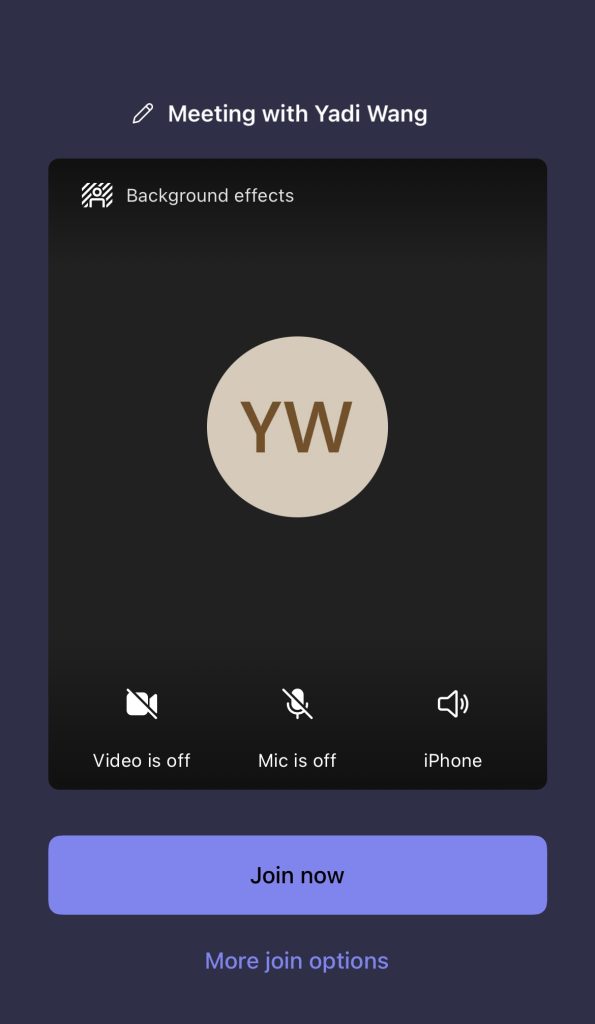In the first intervention, we conducted an online chat on Teams with a total of 23 people taking part in the discussion (join at different times). Participants can choose their preferred pronouns and this discussion included 17 She/Her, 4 He/Him, 2 They/Them (Age 18-35). I presented the participants with five prepared questions and opened the discussion. To protect the privacy of the participants, I will paraphrase their answers through text and summarise them.


Q1: Are you satisfied with your body?
I was slightly surprised by the answers to this question. All women feel dissatisfied with their bodies for various reasons, such as not being tall enough, not having big enough breasts, not having long enough legs, not enough hair, have too long a waistline and so on. There was even one response about being unhappy with her pinky toe. In summary, the female participants were always dissatisfied with many details of their bodies. Participants of other genders also indicated in this section that they will not find these “imperfect details” described by women in their daily interactions. Only two participants of the other genders were dissatisfied with their bodies, but quite uniformly, they were all dissatisfied with their height.
Q2: What is your relationship to your body?
The answers to this question were more varied. I list below:(SHE+Number, HE+Number, THEY+Number)
- SHE 1: Very close female friends who help each other out but occasionally fight.
- SHE 2: Competitors. Every time I try to lose weight but my body won’t do what I want.
- SHE 3: It might be a bit like parents. I have a poor stomach and whenever I eat spicy food I get sick. But I love spicy food!!
- SHE 4: I think the relationship I have with my body just like ice.
- SHE 5: I hated my body and even thought about removing my uterus. I am in so damned much pain every time I have a period.
- SHE6: My body probably hates me. I had some cosmetic surgery before that left the scar hard to remove.
- SHE7: I like my body, but I will wish it could get better.
- SHE 8: Sister
- SHE 9: Teacher
- SHE 10-12: Enemy
- SHE 12-15: Friend
- HE 1: I’m quite proud of my body, I always keep fit.
- HE 2: Friend, I guess
- HE 3 & 4: Brother
- THEY 1: I love my body a lot. I have a lot of tattoos and most of them my girlfriend tattooed for me.
- THEY 2: Couple. We have different opinions and both want to change each other.
Q3: Do you think you dress in a way that others will like?
Most of the answers to this question are YES. Only four answers are NO. I list some answers below (the answers not listed are because only the simple yes or no was answered) :
- SHE 1: YES. I’m a buyer and following fashion trends is kind of my daily work. What I wear is also part of the job that I present to my clients.
- SHE 2: NO. I’m quite sure what style I fit into and I never change my outfit according to fashion trends. But it’s been in a style so long that sometimes I’m not sure whether I like this style or just used to it.
- SHE 3: YES. I was studying at an art school and everyone was dressed up so subconsciously I start dressing up too.
- HE 1: YES. My girlfriend will pick out clothes for me.
- HE 2: NO. I work out a lot so I mostly wear t-shirts.
- THEY 1: NO. I only buy clothes I like.
Q4: What can we do to reject the objectification and sexualization of our bodies by the male gaze?
I list some answers below (Other responses not listed were either no answer or only participated in the discussion) :
- SHE 1: It should be difficult. For example, sexy female superheroes in hero movies have been in existence for so long that they become reasonable. I don’t like watching them either if female superheroes aren’t sexy haha.
- SHE 2: I also think it’s difficult and can’t think of any useful solutions. There is nothing we can do to stop the male gaze of some people after we post the our photos on social media.
- SHE3:There are so many visual products under the male gaze in social media that it’s hard to set a boundary to reduce them.
- SHE4:The male gaze has so much impact that I can’t post a photo without photoshopping. I can’t think of any way at the moment to reduce.
- HE 1: I think there should be science education so that more people learn to respect women.
- THEY1: Popular awareness, let’s say we weren’t sure what the male gaze was before we joined the discussion.
Q5: Are we unconsciously objectifying and sexualising ourselves?
After asking this question the participants thought for a while and asked some questions about themselves to discuss whether they were objectifying themselves. All participants admitted that they had more or less unconsciously sexualised or objectified themselves.
Summary
In the first intervention, the meaning of the male gaze was not very clear to the participants at first. After I explained it, they discovered that there are many situations in everyday life that are a product of the male gaze. Especially in social media, where women are flattened into commodities. The objectification of our selves happens unconsciously under the influence of the wider environment and we have even become accustomed to the presence of the male gaze. Participants from other genders also pointed out that the male gaze also affects them, for example, by comparing the size of men’s genitals or by the LGBT community being ridiculed for being effeminate. Most of the participants found it very difficult to reduce the objectification of women by the male gaze, but they did suggest that presentations or educational outreach activities could be carried out. The first thing to do is to make more people aware of the existence of the male gaze.
